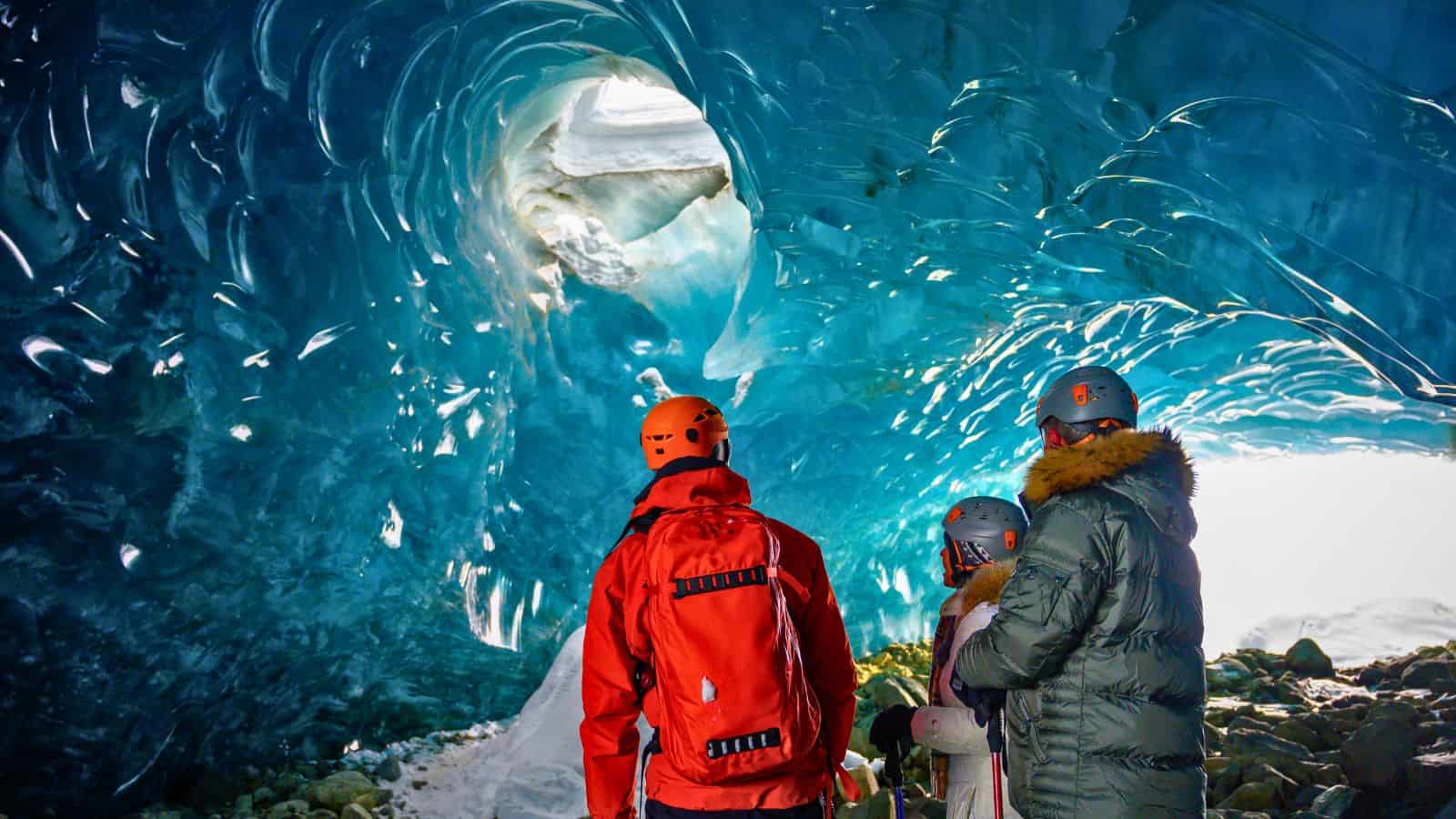7 Coldest Places on Earth That Make Your Coldest Day Seem Like Summer
Despite the bone-chilling temperatures and howling winds, the coldest places on Earth possess an otherworldly charm that continues to captivate adventurous people. The extreme conditions showcase the power of nature and the resilience of life.
While the coldest places don’t make popular vacation spots, if you plan a visit, don’t forget to pack extra layers of clothes and blankets. These are places where the breath’s droplets will crystallize even as you exhale, and exposed skin will freeze in minutes.
Let’s discover our planet’s coldest spots; you might want to pour yourself a cup of hot cocoa before starting to read the list, starting with #1, which is the coldest temperature ever recorded.

Exploring The Coldest Places on Earth
While places like the Antarctic and Greenland might be the first ones that pop into your mind, here are the places that hold the record for the coldest temperatures ever recorded.
1. Eastern Antarctic Plateau

The coldest place on Earth is the East Antarctic Plateau, particularly Dome A, a ridge with an area almost the size of Australia, between Dome Argus and Dome Fuji. The region sees temperatures drop to as low as -128.6°F (-89.2°C). A satellite recorded this temperature in August 2010; ground measurements confirmed it in July 2013.
Several factors contribute to the extreme cold, including high altitude (13,428 feet or 4,093 meters), dry air, and clear skies that lack sunlight during winter, allowing the heat to escape into space. Interestingly, despite the frigid temperatures, the air in Dome A is some of the Earth’s driest due to the lack of moisture in such cold environments.
Owing to its remote location and extreme cold, only a few people have ever visited or conducted research here. The harsh conditions make it next to impossible for any form of life to survive, so much so that only a few species of fungi and bacteria are known to exist here.
This region is of great interest to scientists to understand how life adapts to extreme environments. Scientists can also gather data on climate change from the insights the Eastern Antarctic Plateau provides into how our planet’s climate has changed over time and may continue changing.
2. Vostok Research Station, Antarctica
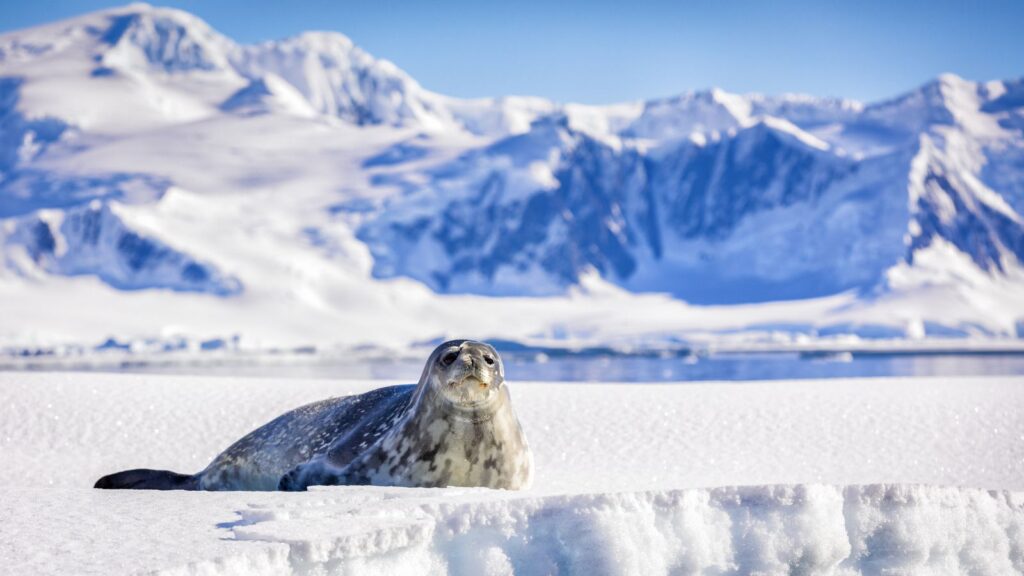
The place that once held the top spot for being the coldest place on Earth, the remote Vostok Station in Antarctica, is still considered the coldest by many.
Weirdly, this is also among the sunniest places on Earth, with over 22 hours of sunlight in December. However, there are zero daylight hours on polar nights during summertime.
Lying at the southern Pole of Cold and founded by the Soviet Union in 1957, this Russian research station recorded the lowest temperature on Earth on July 21, 1983. At a staggering -128.6°F (-89.2°C), you’d be surprised to know that the temperature on that day rose only as high as -88°F (-66.7°C), which might have felt a bit balmy.
Located about 808 mi (1,301 km) from the Geographic South Pole and 11,444 feet (3,488 m) above sea level, this is one of the continent’s most isolated yet established research stations.
Do any humans live here? Vostok Station is, in fact, home to a dedicated team of researchers who endure the harsh Antarctic winters in isolation, all for research purposes.
This is also among the Earth’s driest places, receiving only about 20 mm of precipitation a year, all of which is snow, not rain.
3. Amundsen-Scott South Pole Station, Antarctica
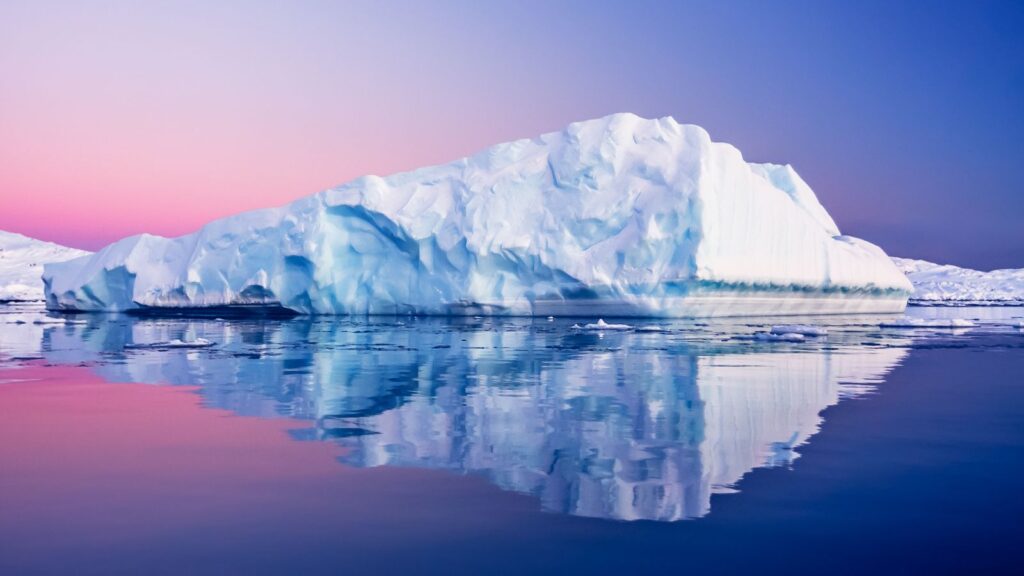
Located at the southernmost point of the Earth, Amundsen-Scott Station is one of the three research stations operated by the United States Antarctic Programme.
People who live and work at the station witness one sunrise and one sunset a year. That’s six months of sunlight in the summer and six months of complete darkness in the winter!
Built in 1956, this station was named after pioneering explorers Roald Amundsen and Robert F. Scott. It is 9,301 feet (2,835 m) above sea level and has freezing temperatures and unrelenting blizzards.
The coldest temperature recorded here was -82.8°C in June 1982. What could the highest recorded temperature in such a place be? It was -12.3°C on Christmas Day in 2011.
With an average population of 150 researchers and support staff in the summer, the wintertime population drops to about 50 people. The scientists work on biomedical work and neutrino research and observe the cosmic microwave background with the South Pole and Keck Array telescopes.
Perhaps because of global warming, the research hub drifts about 10 meters yearly with the ice sheet.
4. Denali, Alaska
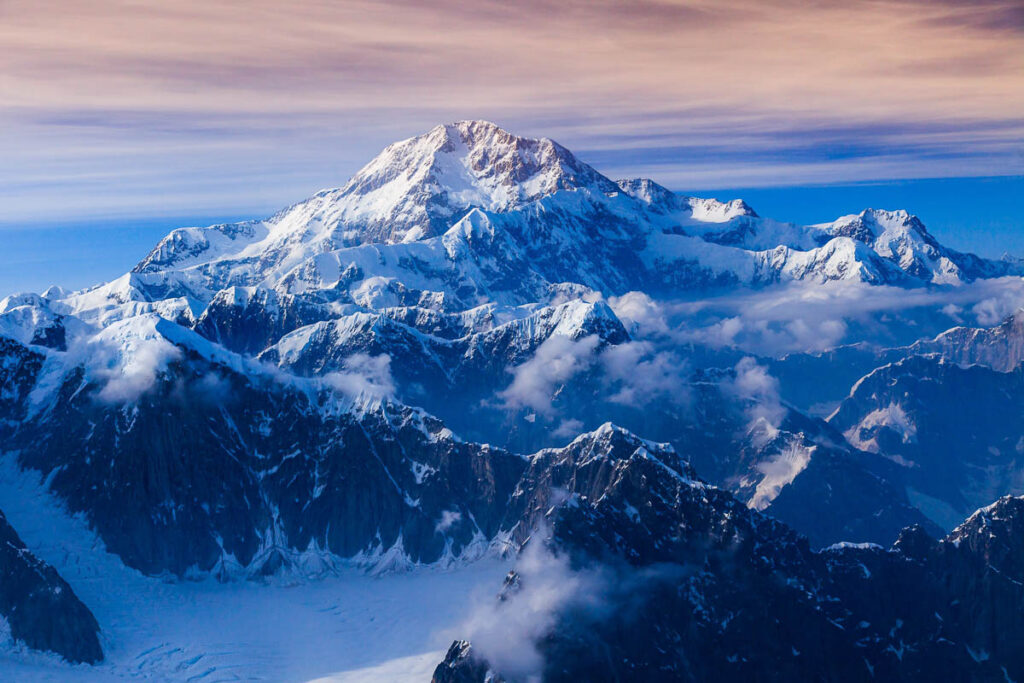
Denali, formerly Mount McKinley, is North America’s highest peak, towering at a majestic height of 20,310 feet (6,190 m).
The coldest recorded temperature in the United States, a bone-chilling -100°F (-73°C), was measured by a thermometer placed at the 15,000-foot (4,600 m) level between 1950-1969. However, wind chills can be as low as -83.4°C.
The name ‘Denali’ translates to ‘The Great One’ in the indigenous Athabaskan language. It is of prime cultural and spiritual significance for the Koyukon people of the region, who have revered it for generations.
Denali National Park is a true natural beauty icon spread over six million acres of pristine forests and glaciers, housing diverse wildlife. This spectacular mountain is a climber’s paradise; if you’re an overly adventurous mountain-climbing enthusiast, add this to your bucket list of mountains to climb! And if you intend to ascent, you’ll require technical skill and exceptional physical fitness. Only half the people attempting to climb this mountain reach the peak.
5. Klinck Research Station, Greenland
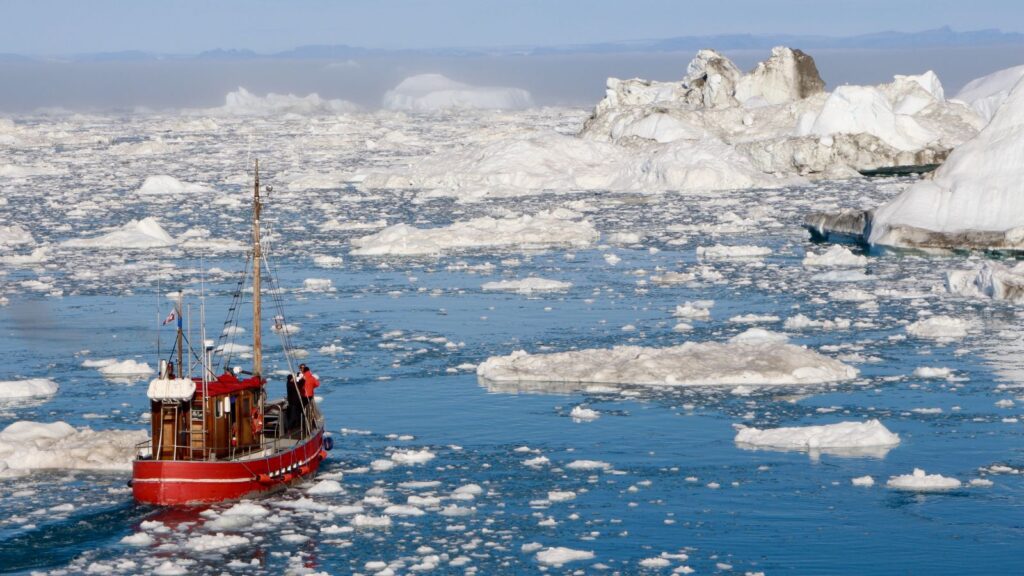
No list of the coldest places on Earth is complete without an appearance by Greenland! It’s the world’s largest island, with a gigantic ice sheet covering most of its land, causing it to be sparsely populated.
The record-holder for the coldest place is Klinck Research Station, located in a remote region of Greenland. In December 1991, the lowest temperatures reached -93.3°F (-69.6°C). While an automatic weather station captured the data, it was only introduced to the public domain about 30 years later!
Established in 2003 by the Greenland Climate Research Center, this research station sits at 10,187 feet (3,105 m). This is close to Gunnbjørn Mountain – Greenland’s highest point. The intrepid scientists traverse through the rough snowy terrains on snowmobiles with sensitive temperature-recording equipment in tow.
Quite sadly, despite such cold temperatures, much of Greenland’s ice seems to be melting rapidly, contributing to global sea-level rise.
6. Verkhoyansk, Russia
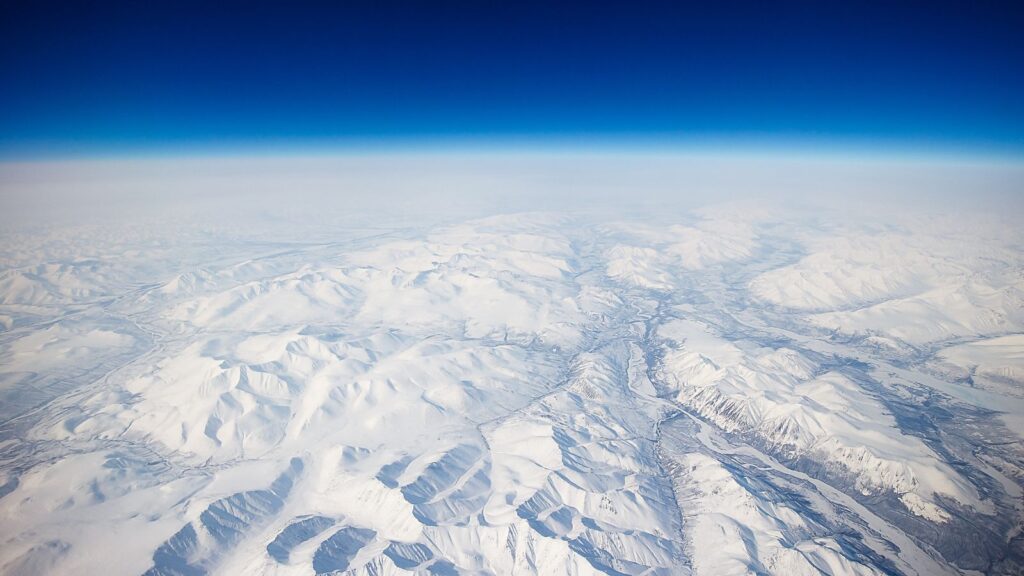
Verkhoyansk, a remote town in northeastern Siberia, Russia, holds the record for the lowest temperatures ever recorded in the northern hemisphere.
It is considered the northern “Pole of Cold” and is inhabited by over 1,000 people. This makes it one of the coldest occupied places on Earth.
Just north of the Arctic Circle, Verkhoyansk experiences relatively mild summers (with highs of 86°F or 30°C) and brutally cold winters. The town’s lowest recorded temperature was -90°F (-67.8°C) in 1892. Obviously, such harsh conditions come with significant challenges for its inhabitants, who’ve developed unique ways of staying warm and coping with the cold, including special clothing, heated roads, and thermal insulation.
It has a dry climate with little snowfall or rainfall; the peculiar part is that the summer is much wetter than the winter here.
If you thought Death Valley, California, had extreme temperature fluctuations, visiting this town will show you some of the most remarkable changes between summer and winter.
Note: Oymyakon, Russia, is tied with Verkhoyansk for the lowest recorded temperature of -67.8°C, recorded in 1933. The local schools close only when the temperatures go below -55°C.
7. North Ice, Greenland
A joint effort of the United States and Denmark, the primary purpose of North Ice was for meteorology, glaciology, and atmospheric sciences. Once a significant research station of the British North Greenland Expedition (1952-1954), North Ice recorded the lowest temperature in North America. In 1954, the temperature had dipped to -66.1°C.
Although abandoned long ago, the station faced several challenges due to the extreme environment. From freezing temperatures and harsh blizzards to being isolated from the outside world, its location on a vast ice sheet made it difficult to transport supplies and equipment.
While the station was initially reached on dog sleds, later, military aircraft would drop supplies and instruments for scientists and explorers to use.
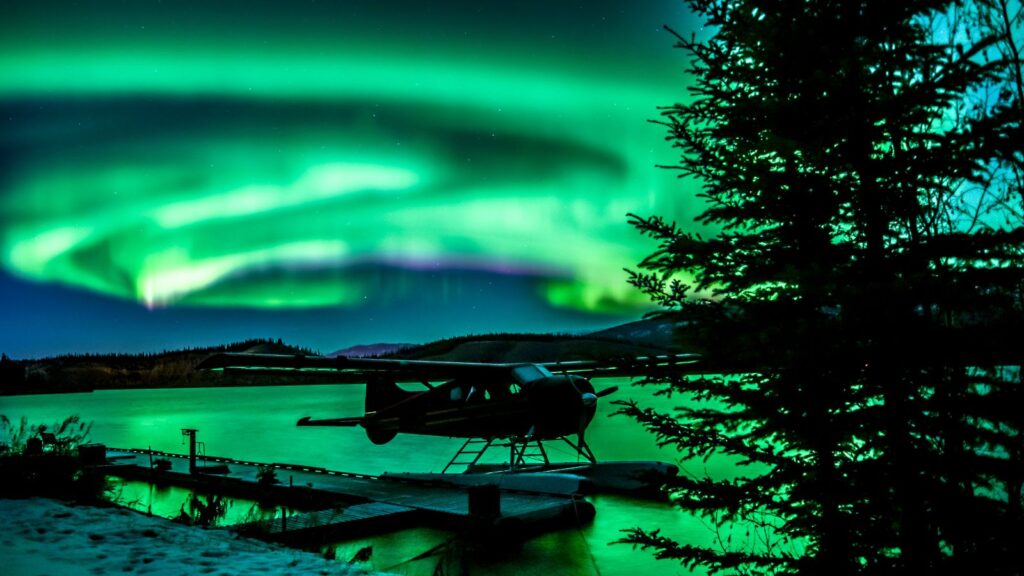
Other Coldest Places on Earth
Here are some other places on Earth that have the lowest recorded temperatures, merely 2-4 degrees more than the last place on this list:
- Yakutsk, Russia (-64.4°C)
- Snag, Yukon (-62.8°C)
- Prospect Creek, Alaska (-62.2°C)
It may also interest you to know that some of the coldest places in the world are in some parts of Africa.
Summing It Up
The frigid conditions of the coldest places on Earth pose significant challenges to human survival and require warm layers of clothing and specialized equipment to visit. Most of these places are research areas for scientists to study the changing climate patterns and ice dynamics, among other natural phenomena.
Can you brave the frosty temperatures and make it to the coldest places on Earth? Or will you stay at a comfortable distance, marveling from afar? Either way, these frozen regions will inspire awe and respect for the power of nature.
This article originally appeared on Wealth of Geeks.
Jude Uchella
Jude Uchella is a passionate research writer whose work has been published on many reputable platforms, including MSN, Wealth of Geeks, and the Washington Times-Herald. He prioritizes research, writes comprehensively, and shares only factual and helpful content. He is a reader's delight!

